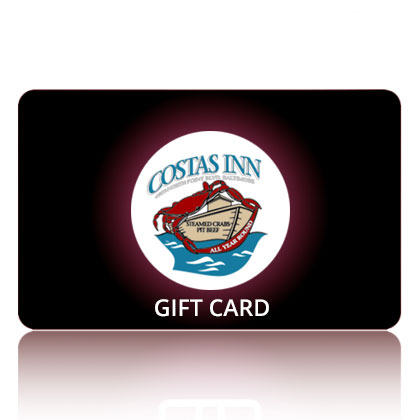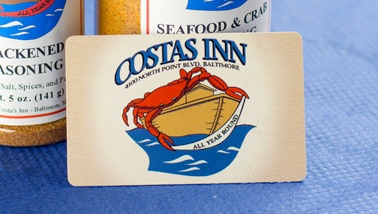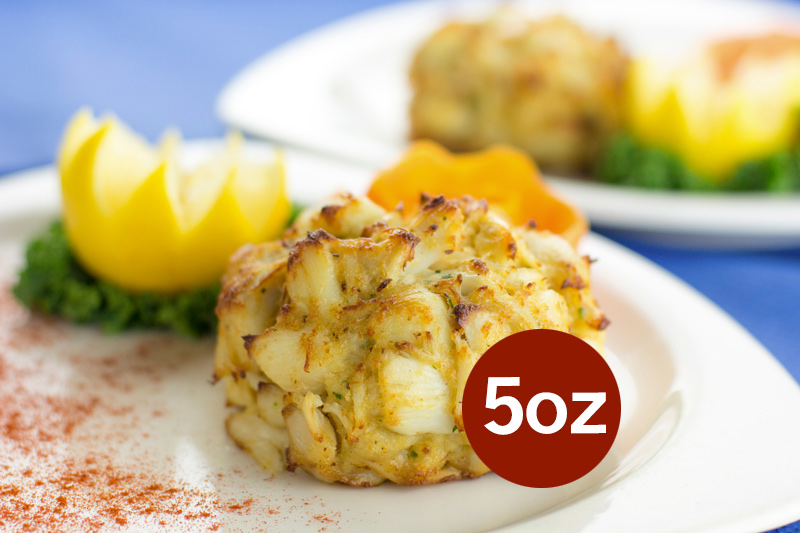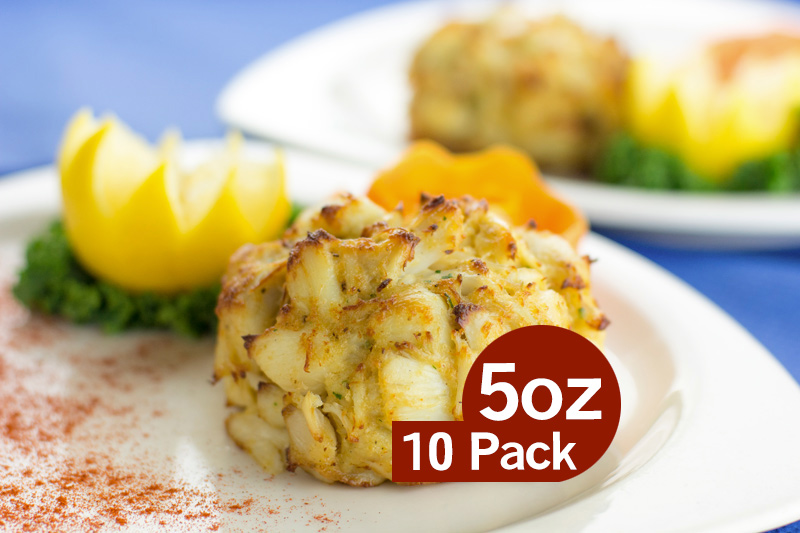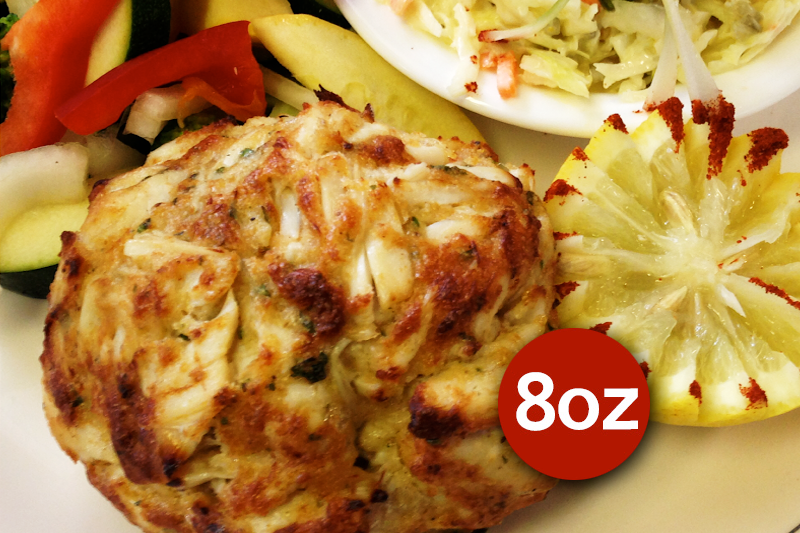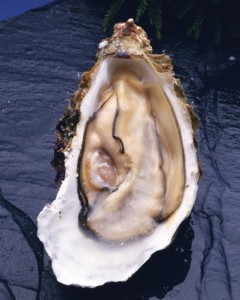
An improved version of the Crassostrea virginica oyster has proven to be the saving grace of Maryland’s oyster production.
For the last two centuries, oysters in the Chesapeake Bay have suffered from overharvesting, pollution, and parasitic diseases like Dermo and MSX. This has caused a dramatic decrease in oyster populations, so much so that several oyster farmers turned to clams instead. Maryland’s oyster production had plummeted from 16 million bushels a year in the 1970s to a sparse 26,000 bushels per year in 2004. The demise of the Chesapeake oyster population seemed set in stone. Until a couple years ago, that is.
There’s a New Oyster in Town
The Chesapeake Bay’s very own Crassostrea virginica has proven to be the saving grace of oyster production. This oyster has been described as a “super-oyster” due to its ability to withstand disease, its fast growth, and its impeccable flavor. The Crassostrea virginica is what’s known as a triploid oyster, meaning that it has three chromosomes instead of two. The Crassostrea virginica doesn’t reproduce, so it puts all of its energy into growing. This special oyster was developed by Standish K. Allen, a geneticist from the Virginia Institute of Marine Science. Allen had been experimenting with triploids since the late 1970s. When the Chesapeake oyster crisis was at its worst, Virginia hired Allen to find a solution to the problem. Thus, the new Crassostrea virginica was born!
Oyster Aquaculture
In 2009, Maryland legalized aquaculture in order to further boost oyster production. Today, Maryland has 4,000 acres that are used by 474 people working in shellfish aquaculture to farm healthy oysters. Delaware was the last coastal state to legalize aquaculture, in 2014. Delaware also instituted the Delaware Oyster Bay Restoration Project, which supports oyster shell planting and transplantation to boost wild oyster growth.
Bigger Oyster Sanctuaries
Another important element that has lead to increased oyster growth in the Chesapeake Bay has been former Governor Martin O’Malley’s decision to create larger oyster sanctuaries in the Chesapeake Bay. Prior to this decision, oyster sanctuaries were so small and poorly organized that they didn’t do much to promote oyster growth. Now, entire rivers are sanctuaries and off-limits for farming. Maryland oyster sanctuaries are teeming with oysters, both planted and wild. This increased oyster population is also great for the natural ecosystem; oysters can filter up to 50 gallons of water per day and also encourage the growth of bay grasses. The cleaner, healthier habitat created by oysters in sanctuaries has also attracted other marine wildlife like rockfish and crabs. The future of the oyster business looks as bright as the clear water produced from happy oysters!
Come Visit Costas Inn!
Costas Inn has been a family owned and operated restaurant for over 40 years. We were recently voted the 2015 #1 Baltimore Seafood Restaurant by USA Today. You may have spotted Costas Inn during one of our 9 appearances on the Today Show or heard one of our many interviews on WJZ TV Channel 13 with Ron Matz and Marty Bass. We were also voted #1 Crab Restaurant 2014 in the Baltimore Business Journal! You can enjoy our famous crab cakes in-house or order them online for anytime eating. We also provide some of the best seafood catering in the Baltimore area! You can also get your fill from Costas even when you’re not in our dining room: follow us on Facebook, Twitter, Google+, Pinterest, and YouTube!
Tags: Chesapeake Bay, oysters

